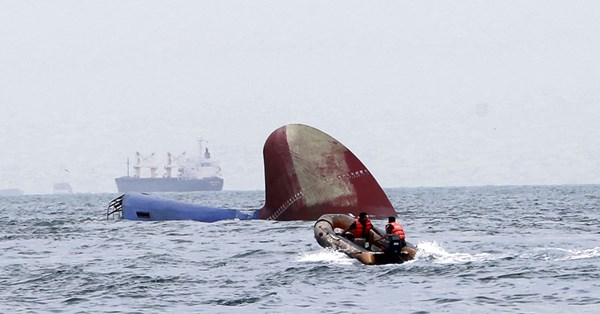A tragic humanitarian disaster unfolded early Sunday off the coast of Yemen as a boat carrying 154 Ethiopian migrants capsized in the Gulf of Aden, the United Nations International Organization for Migration (IOM) has confirmed.
Only 12 people were rescued, with 142 migrants presumed dead, according to Abdusattor Esoev, head of the IOM in Yemen. As of Monday morning, more than 68 bodies have been recovered, many washing ashore on the beaches of Khanfa, in western Yemen’s Abyan Governorate.
Local authorities described the massive loss of life as one of the worst maritime tragedies in the region this year. The Abyan Security Directorate launched a large-scale search-and-rescue operation following the incident, but hope is fading for those still missing.
Perilous Eastern Route Claims More Lives
The tragedy underscores the deadly risks faced by migrants traveling along the Eastern Route, a popular but perilous migration path from the Horn of Africa to the Arabian Peninsula. According to the Mixed Migration Centre, it is not only the most trafficked African migration corridor but also the most dangerous marked by drowning, abuse, and exploitation.
Migrants, primarily from Ethiopia, often cross into Yemen in hopes of reaching wealthier Gulf countries to find work. But the journey, especially across the Red Sea and Gulf of Aden, frequently ends in disaster.
In March 2025, four boats capsized off the coast of Djibouti, leaving 186 African migrants missing. So far this year, the IOM has recorded 550 deaths of migrants en route to Yemen, making 2024 the deadliest year on record for this route.
Conflict Fuels Human Smuggling
Yemen’s ongoing civil war has further destabilized the region, turning the country into what the Mixed Migration Centre describes as an “ideal environment for smuggling and trafficking networks to flourish.” The collapse of law enforcement and governance has left migrants vulnerable to kidnapping, abuse, and extortion.
Despite the growing death toll, thousands continue to risk the crossing each year, driven by economic desperation, insecurity, and limited opportunities in their home countries.
The IOM and humanitarian partners have called for urgent international intervention, including safer migration pathways, increased surveillance, and action against human trafficking networks exploiting vulnerable populations.


